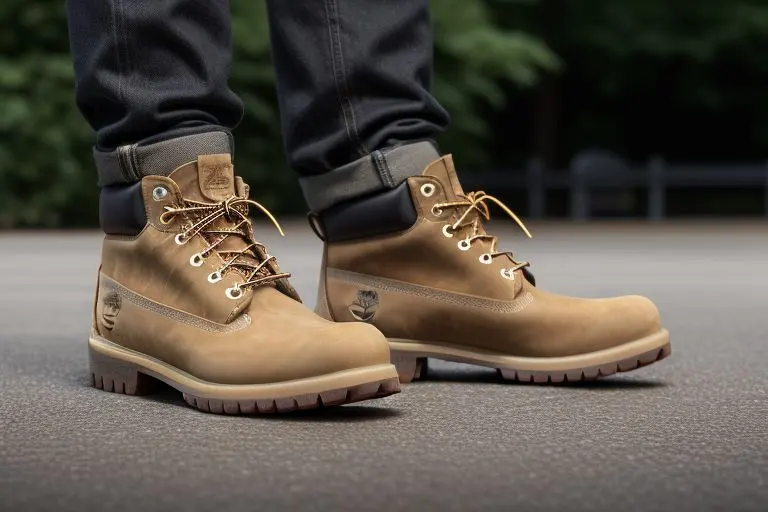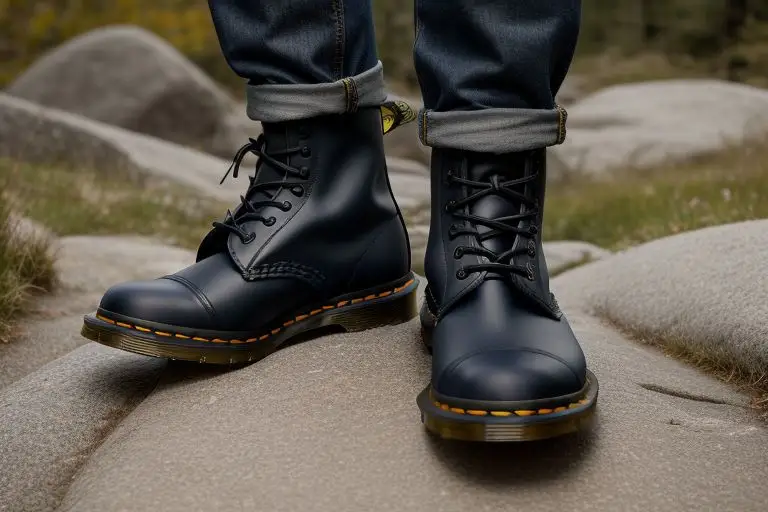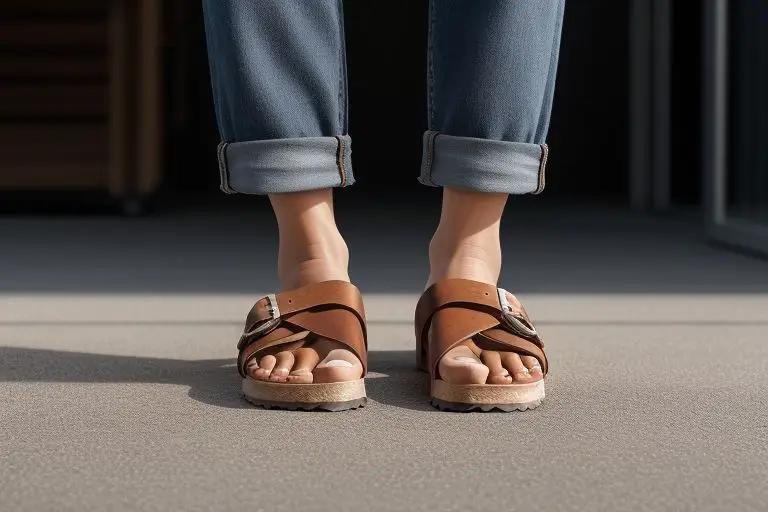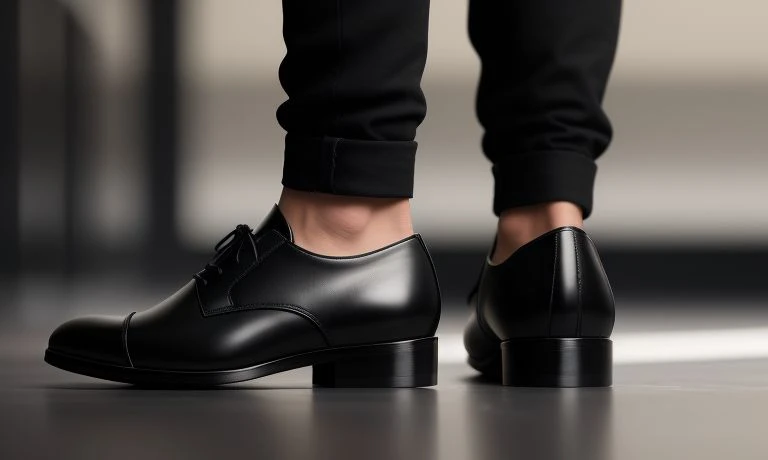Can Your Timberland Get Wet? A Closer Look
Can Your Timberland Get Wet? – Timberland boots, a staple in many wardrobes across the country, are famed for their sturdiness and style.
However, one question remains: can they stand the test of rain? Let’s delve deeper into this topic.
Table of Contents
Can Timberland Get Wet?

Indeed, they can. Timberland boots are built to endure various types of weather, including rain. They are typically constructed with a waterproof leather outer layer and sealed seams that effectively shield your feet from getting wet.
That being said, it’s important to note that despite their sturdy build, continual exposure to water can potentially cause some wear and tear on the boot over time. This can, in turn, shorten the overall lifespan of your Timberlands.
So, while they can certainly handle the rain, they are not entirely invincible. Like any other type of footwear, proper care and maintenance are necessary to preserve their quality and durability.
The Materials and Design of Timberland Boots

The resilience of Timberland boots against varying weather conditions can largely be attributed to the top-notch materials and intelligent design they encompass. Premium waterproof leather is the primary material used in the crafting of these boots, creating a barrier against water intrusion.
This leather material does more than just keep the water at bay; it also adds to the boots’ style and robustness. The soles, made of rugged rubber, offer superior traction, making them ideal for navigating slippery terrains.
Timberland boots also feature a distinctive direct-attach, seam-sealed waterproof construction. This unique approach to design acts as a formidable defense, thwarting any attempts of water to penetrate the boots.
Therefore, not only does the design of Timberland boots prioritize style and comfort, but it also emphasizes utility and durability in wet conditions.
Regular Exposure to Water and its Impact
Timberland boots, though designed to be water-resistant, can still experience some negative effects if they are regularly exposed to water. Prolonged dampness can create an environment that is conducive to the growth of bacteria and mold, which can result in unwanted smells emanating from your boots.
Additionally, the supple leather that the boots are made from can begin to harden and lose its flexibility with regular water exposure. This could eventually lead to the material cracking and, in the worst-case scenario, letting water in.
Therefore, while these boots are created to withstand the elements, they are not completely resistant to the impacts of continuous exposure to wet conditions. The key is to avoid over-saturation and ensure that the boots are allowed to dry out adequately between uses.
Steps to Protect Your Timberlands from Water Damage
Preserving the inherent durability of your Timberlands requires some proactive measures on your part. One of the first lines of defense is applying a waterproofing agent such as a spray or wax. This not only boosts their ability to repel water but also offers an additional shield against potential damage.
After encountering rain or wet conditions, it’s vital to let your boots dry out completely. However, avoid placing them near a direct heat source as it can make the leather brittle, leading to cracks.
Regular cleaning is also necessary to prevent build-up of dirt and moisture which can expedite deterioration. By following these preventive steps, you can help ensure that your Timberlands remain in top condition despite frequent exposure to wet environments.
Tips for Wearing Your Timberlands in Wet Conditions
Stepping into wet weather conditions with your Timberlands? Make sure they’re clean and dry before heading out. Soil and moisture can team up to speed up the wear and tear of your boots. If you find yourself amidst a rainstorm, make an effort to promptly remove any excess water from your boots.
Don’t let the water sit on your boots for too long; it’s important to dry them off thoroughly as soon as possible. This includes the inside of the boots as well. If they’ve gotten wet on the inside, consider using a boot dryer or stuffing them with newspaper to absorb the moisture.
If you’re expecting consistent rain or damp conditions, consider wearing rain gaiters to add an extra layer of protection to your Timberlands.
Remember, while your Timberlands are built for toughness, they’re not completely immune to the effects of regular exposure to water. Taking these precautions can help maintain their longevity and effectiveness in wet conditions.
The Importance of Proper Boot Care
In the end, the secret to maintaining the durability of your Timberland boots lies in proper care. This extends far beyond just keeping your boots clean. Timely application of a waterproofing agent, for instance, can greatly enhance the boots’ ability to resist water, thus prolonging their lifespan.
But remember, caring for your boots is not merely about maintaining their good looks. It’s also crucial for ensuring peak performance and long-lasting durability.
The boots must be allowed to dry out thoroughly after being exposed to water, but avoid subjecting them to direct heat, as it can lead to the leather becoming brittle and cracking.
Regularly removing dirt and moisture build-up can also help prevent rapid deterioration. It’s key to remember that even though Timberland boots are designed for toughness, they still need your help to stay in the best shape.
By practicing diligent care, your Timberlands can remain your trusty companion in all weather conditions for many years to come. So yes, your Timberlands can definitely brave the rain, but their longevity depends on how well you take care of them.








